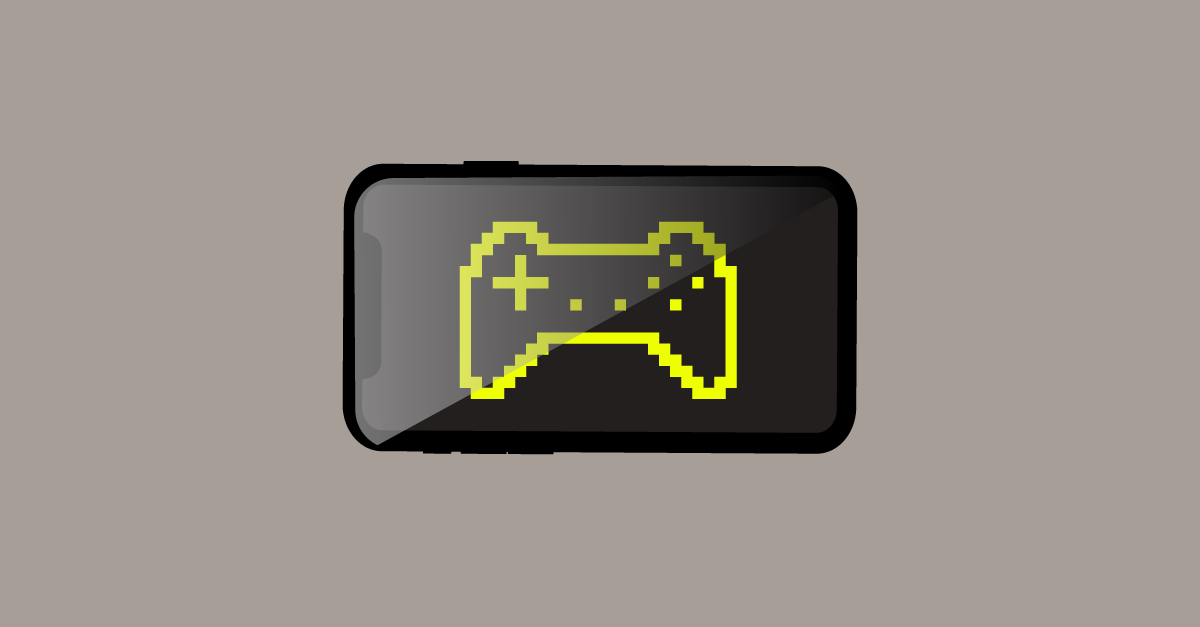
In the fast-paced world of mobile gaming, delivering experiences that players love is the cornerstone of long-term success. However, achieving this feat is no small task.
Mobile has so many variables to contend with — across connectivities, devices, OSs, and app versions — that meeting user expectations while continually shipping new content and features requires understanding every detail about what makes and breaks your player experiences.



